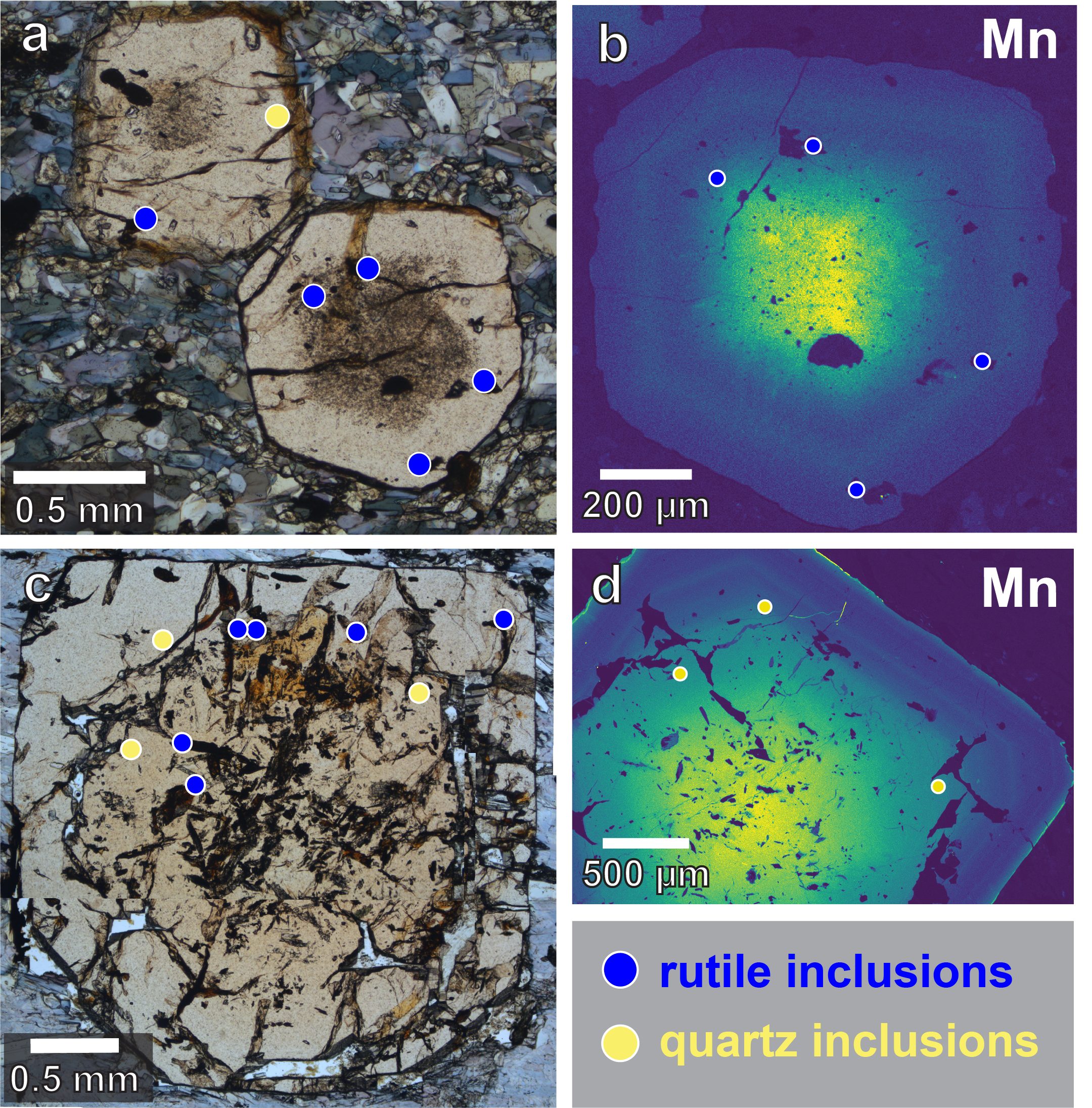Constraining the thermal structure of the subduction interface
 Subduction zones are the location of many important processes on Earth, including recycling of volatiles into the mantle, creation of new crust, and generation of Earth's deadliest earthquakes and volcanoes. All of these processes are ultimately dependent on the thermal structure of subduction zones. Exhumed metamorphic rocks from paleo-subduction zones provide unique constraints on subduction zone thermal structures. However, the pressure-temperature (P-T) conditions that are estimated from exhumed rocks are on average significantly warmer (200-300 degrees C) than those predicted by geodynamical models for modern subduction interfaces. We aim to address this disparity through two key questions: 1)Does the rock record accurately represent the paleo-subduction zone thermal structure? and 2) Did rocks get exhumed from paleo-subduction zones that were hotter on average than modern subduction zones?
Subduction zones are the location of many important processes on Earth, including recycling of volatiles into the mantle, creation of new crust, and generation of Earth's deadliest earthquakes and volcanoes. All of these processes are ultimately dependent on the thermal structure of subduction zones. Exhumed metamorphic rocks from paleo-subduction zones provide unique constraints on subduction zone thermal structures. However, the pressure-temperature (P-T) conditions that are estimated from exhumed rocks are on average significantly warmer (200-300 degrees C) than those predicted by geodynamical models for modern subduction interfaces. We aim to address this disparity through two key questions: 1)Does the rock record accurately represent the paleo-subduction zone thermal structure? and 2) Did rocks get exhumed from paleo-subduction zones that were hotter on average than modern subduction zones?

Summary of P-T conditions recorded by eclogite and blueschist worldwide (Penniston-Dorland et al., 2015)

Rutile and quartz inclusions in garnet used to constraint P-T conditions from ancient subduction zones.
